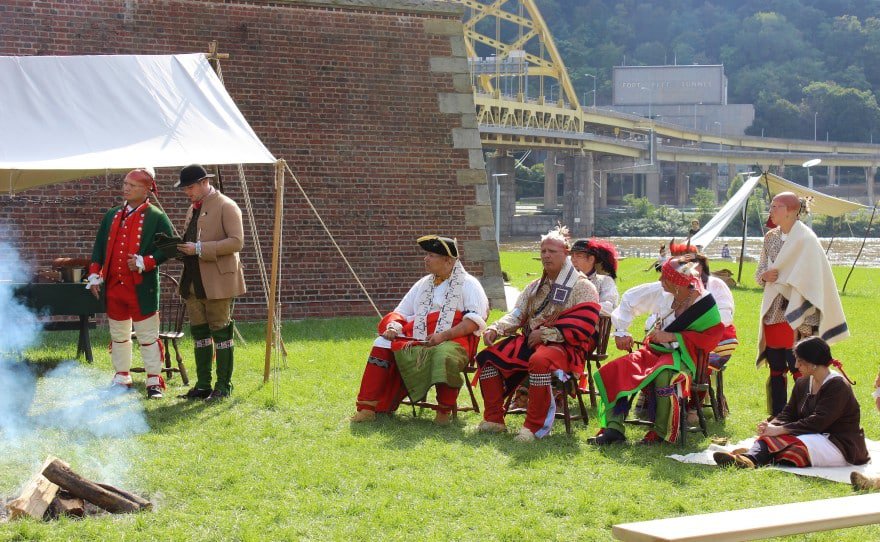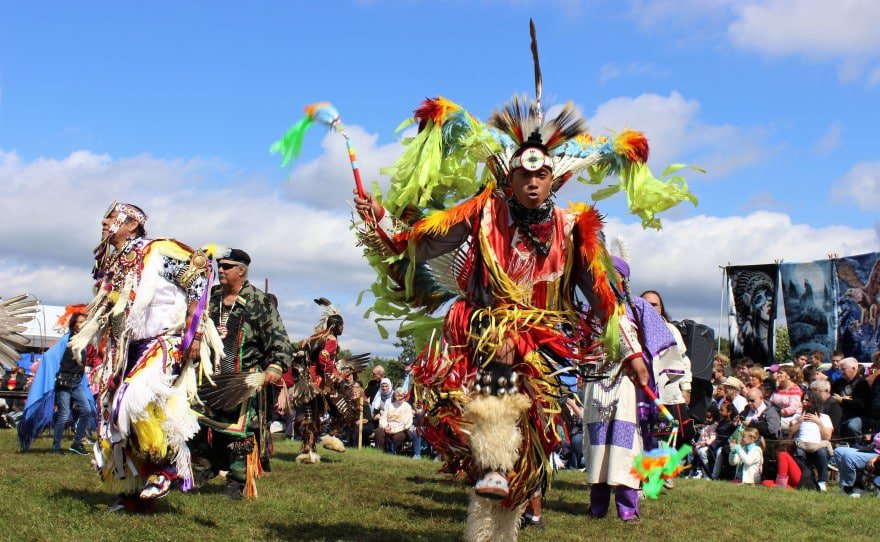
The Importance of Land Acknowledgements
While you probably remember learning about Christopher Columbus in your early history classes, there likely wasn’t much in the curriculum about who was living on that land before it was colonized. Unfortunately, American school systems often fail to acknowledge – and therefore contribute to – the erasure of Indigenous peoples’ history.
Researchers at Pennsylvania State University found that 87% of the content taught in U.S. schools includes only pre-1900 context of Indigenous peoples’ history. According to the study’s authors: “It is easy to argue that the narrative of U.S. history is painfully one sided in its telling of the American narrative, especially with regard to Indigenous Peoples’ experiences.”
It is now becoming more commonplace to open public events and gatherings by acknowledging the original inhabitants of that land. As the practice becomes more widely adopted, more people can learn the names of the tribes and nations whose land we are on. Land acknowledgements are a simple, yet powerful way of showing respect for those who lived on the land before us. It is a part of reconciliation, a step toward correcting the practices that erase Indigenous peoples’ stories and perspectives.
A land acknowledgement should not be a formulaic statement or a grim admission of guilt. Instead, it should inspire participants to further educate themselves and uplift the voices of Indigenous peoples. The Native Governance Center, a Native-led nonprofit organization that serves Native nations in Mni Sota Makoce, North Dakota, and South Dakota, recommends asking yourself: “How am I leaving Indigenous people in a stronger, more empowered place because of this land acknowledgment?”
If you would like to learn how to create a land acknowledgement statement, I would recommend checking out the Guide to Indigenous Land Acknowledgement by the Native Governance Center.

Moving Beyond Acknowledgement
While we cannot change history, we can be accountable for our part in it.
As Pittsburghers, we reside on the unceded, ancestral lands of many Indigenous peoples, including the Seneca Nation, members of the Haudenosaunee Confederacy. The Confederacy was comprised of the Mohawks, Oneidas, Onondagas, Cayugas, and Senecas, and formed to unite the five nations and create a peaceful means of decision making. Seneca’s jurisdiction over the area also saw the region as home to the Lenape and the Shawnee. The region’s history stretches back further to the prehistoric cultures of the Adena people, who were followed by the Hopewell, the Monongahela, and Osage. We encourage you to learn more about the land we are on and support our local Indigenous communities.
Resources for Continued Learning
Council of Three Rivers American Indian Center
The Council of Three Rivers American Indian Center was established in the early 1970s as a place for local Indigenous People to come together and preserve their culture and values. Beyond addressing cultural needs, the Council was formed to attend to the more immediate needs of Indigenous People: housing, employment, as well as the need and the right to be self-determining. The Council operated from offices in Homewood until 1976, when it moved to its current headquarters located in Indiana Township. Visit cotraic.org to learn more about the Council’s community programs and upcoming events.
Native-Land.ca
The nonprofit Native Land Digital created an interactive map where you can learn more about Indigenous territories, treaties, and languages across the world. Visit native-land.ca to learn more.
“Whose Land Is Pittsburgh On?”
In 2022, City Cast had a conversation on their podcast with Miguel Sague from the Council of Three Rivers Indian American Center, about whose land we’re actually on. “The Steel City loves to revel in its own history, but many of those stories are rooted in colonialism and the generations of immigration that followed. Why don’t we learn more about the Indigenous peoples who preceded them?”
“The Honorable Harvest”
From the author of Braiding Sweetgrass, Robin Wall Kimmerer, “The Honorable Harvest” reminds us how to take, use and share while mindfully honoring the indigenous legacies that teach us how to commune with our planet.
